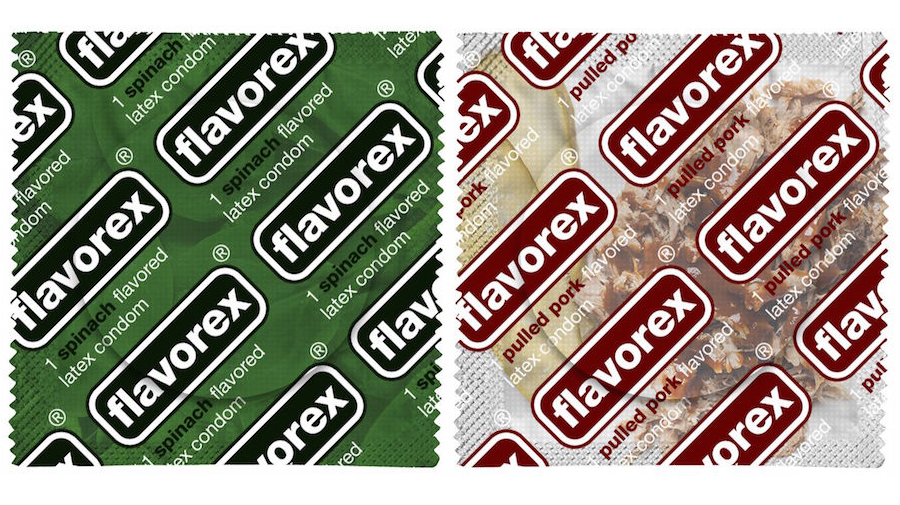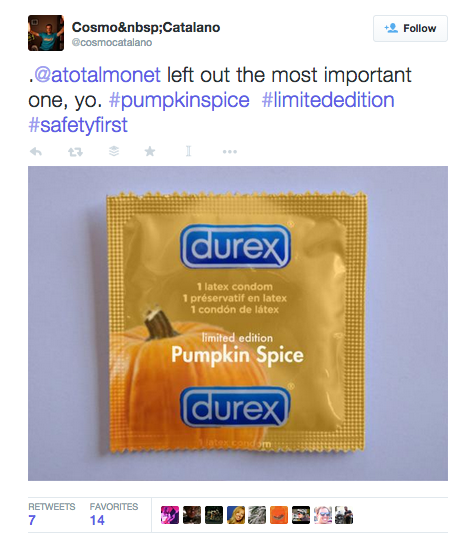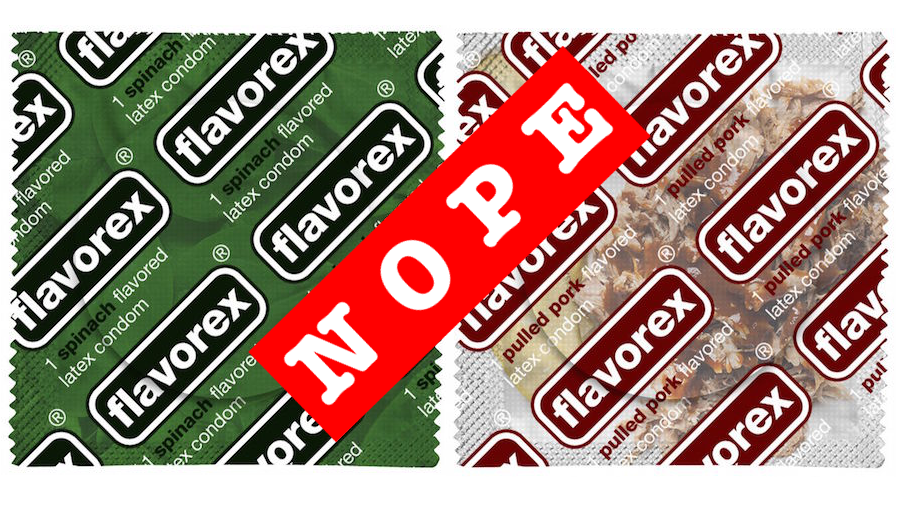
By Josh Stearns
Have you ever experienced “debunker’s backlash?”
Debunkers backlash comes when you comment on a friend’s Facebook post to point out that, “No, that celebrity didn’t just die.” Or you reply to a tweet to point out that “No there were no sharks in the street.” Or you interrupt a friend at a bar to say “No, there is no such thing as a pumpkin-spiced condom.”
You think you are doing a public service. You think you are helping out. But then the crowd turns on you. People defend the falsehoods, because the falsehoods resonated with them. This is usually summed up by someone saying, “Well, I don’t care if it’s true, it’s still a nice story, picture, etc…”
In this scenario the person doing the debunking can end up looking like a prude, a scold, a know-it-all.
But the reality is that most who work in verification and fact checking are not “Debbie Downers”. We think this work can be really fun. There is a sense of mystery and investigation in tracking down the origins of a photo, or geolocating a piece of eyewitness footage. Indeed, Paulo Ordoveza, the person behind the debunking account @PicPedant, said in an interview that this kind of fact checking “triggers my hunter instinct.”
.@ThatBucketList @ClassicPict The first one is an old fake. https://t.co/UaL0v5VLWX — also… pic.twitter.com/40yUoOMup0
— PicPedant (@PicPedant) January 6, 2016
We could look, for example, at the fact-checking rap battle between rapper B.o.B. and astrophysicist Neil deGrasse Tyson which took the web by storm last week. Throughout the exchange Tyson engaged with humor, respect and a sense of play while sticking clearly to the facts.
After Caitlin Dewey ended her Washington Post column on “What Was Fake on the Internet This Week”, she pointed out that not all misinformation is created equal. “The Internet does have a long history of prankery and trolling and shenanigans,” she said in an interview here at First Draft News, “and some of those jokes are legitimately very clever and funny.”
When I’m asked why people create and circulate fake photos or rumors online I refer back to earlier technology. For me, fake photos and online rumors are often the prank phone calls of the digital age. Just like prank calls, these fakes run the gamut between harmless and really troubling. Today’s trend of SWATing, when police are falsely called to someone’s house, is a reminder of how bad prank phone calls can get.
Craig Silverman, another member of the First Draft Coalition, has researched the psychology of why people share bad information, rumors and hoaxes.
“Rumor, simply put, is one of the ways humans attempt to make sense of the world around them,” he wrote in a report for the Tow Center for Digital Journalism at Columbia University. “They are not an accident, a mistake, or something we can fully stamp out. They are core to the human experience.”
This is one of the reasons people get defensive when confronted with debunking. It is seen as an attack not just on the details of what they posted, but on them personally and the way they view the world.
Silverman’s research highlights how having fun can actually make debunking more effective. When rumors started to spread online about the possibility of Durex making a “pumpkin spice condom”, the company fairly quickly denied the reports.
In a statement they said: “Durex has heard that people are saying we launched a ‘Pumpkin Spice’ condom. We can’t claim this one, but we do love it when people spice it up in the bedroom.”

Silverman writes: “The debunking didn’t ruin the joke; Durex’s playful response likely aided it,” and that gave cover to people who had already reported on the condom rumor to report on the correction. In fact, the corrected story spread further and faster than the initial rumor.
On top of that, Silverman noted that the most shared of these debunking stories came from MTV.com because, in part, they carried on the joke by suggesting other “amusing (and fake) Durex flavors, such as a Pulled Pork Flavored condom.”

Fake spinach and pulled pork-flavour condoms pictures created for MTV’s debunk of the pumpkin spice condom hoax. Screenshots from MTV.com
While this topic obviously lends itself to a humorous approach, people find humor in newspaper corrections all the time. Funny newspaper corrections go viral every now and again, driving more traffic than the original article. Last year The Week went so far as to round-up “The 11 funniest New York Times corrections of 2015.”
Paulo Ordoveza of @PicPedant regularly interjects his debunks, which tend to focus on science and nature photos, with snark and humor meant to help make the correction more shareable.
“The humor is very much an intentional aspect of PicPedant’s sarcastic tone,” he wrote in an email interview. “Occasionally I assume the tone of what they call ‘Weird Twitter’ – that ironic emulation of careless teen-style writing.”
.@Earthepics I go through hell looking at dumb fakes. Eclipse or no, sun would be distorted when close to horizon. pic.twitter.com/ikCWGnckwH
— PicPedant (@PicPedant) January 25, 2016
But Ordoveza is careful to balance how he responds to real people versus the big, commercial accounts that specialize in ripping off and misattributing images.
When responding to professional peddlers of misinformation he tries to emphasize the “pedant” character, “to assume the air of a self-aware elitist jerk with a superiority complex.” But part of the humor of this character is that his followers are in on the joke.
“I try to be friendly to my actual followers and compatriots in debunkery,” he told me.
Not every topic can or should be taken lightly. The work we do around breaking news, including eyewitness accounts of terrible events and abuses, has to be handled with care and thoughtfulness.
However, when we can, we should try to reclaim some of the fun in getting it right. At the First Draft News website we’ve created a series of games to help teach people the skills of online verification. If we want more people to take up these tools and embody these practices we should embrace the fun side of doing this work.